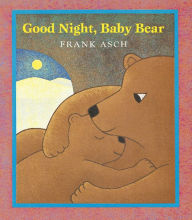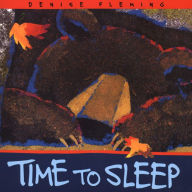I know there are a lot of people and places that have waaaaaay more snow than they want right now, but here in northern California there isn't any. Not to worry! Ms. Kathleen made us up a batch of instant snow. (No, I'm not affiliated with or compensated for linking to fun things, and yes, you can find it other places too. This is just to make it easier for you if you are interested.)
We put all the polar animals we could gather into the large sensory bins full of "snow".
Here are some little fingers at work, enjoying the sensory experience of the cool wet stuff!
We sang a snowman song as part of our story time, and the kiddos used this open ended art center to create snowmen of their own. There's paint, paper, scissors, stickers of eye balls, and someone reminded us part way through to add some glue too. (Oops!)
You can tell this was an open ended project by looking at the resulting creations. Yes, there were some finger painted snowmen, and some made of paper circles. There were also kiddos who were fascinated by the feeling of paint in their hands and simply rubbed it around, and others who created... um... creations! Our focus was on the process rather than any particular product, and the children showed us many ways to work with these fun materials.
Our third activity was making snowflakes. We had looked at lots of snow flake pictures, and had counted six arms on them, and most of the children made snowflakes that matched that pattern. We provided lots of pipe cleaners, shallow trays of school glue, and shallow trays of plastic "snow" shreds. This was a sticky activity! After bending their pipe cleaners, the kiddos dipped them into the glue, and then into the sparkly plastic shreds. They were so pleased with themselves!
Next time we're going to learn more about polar animals - I can hardly wait!


















